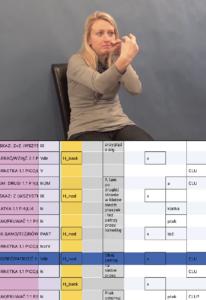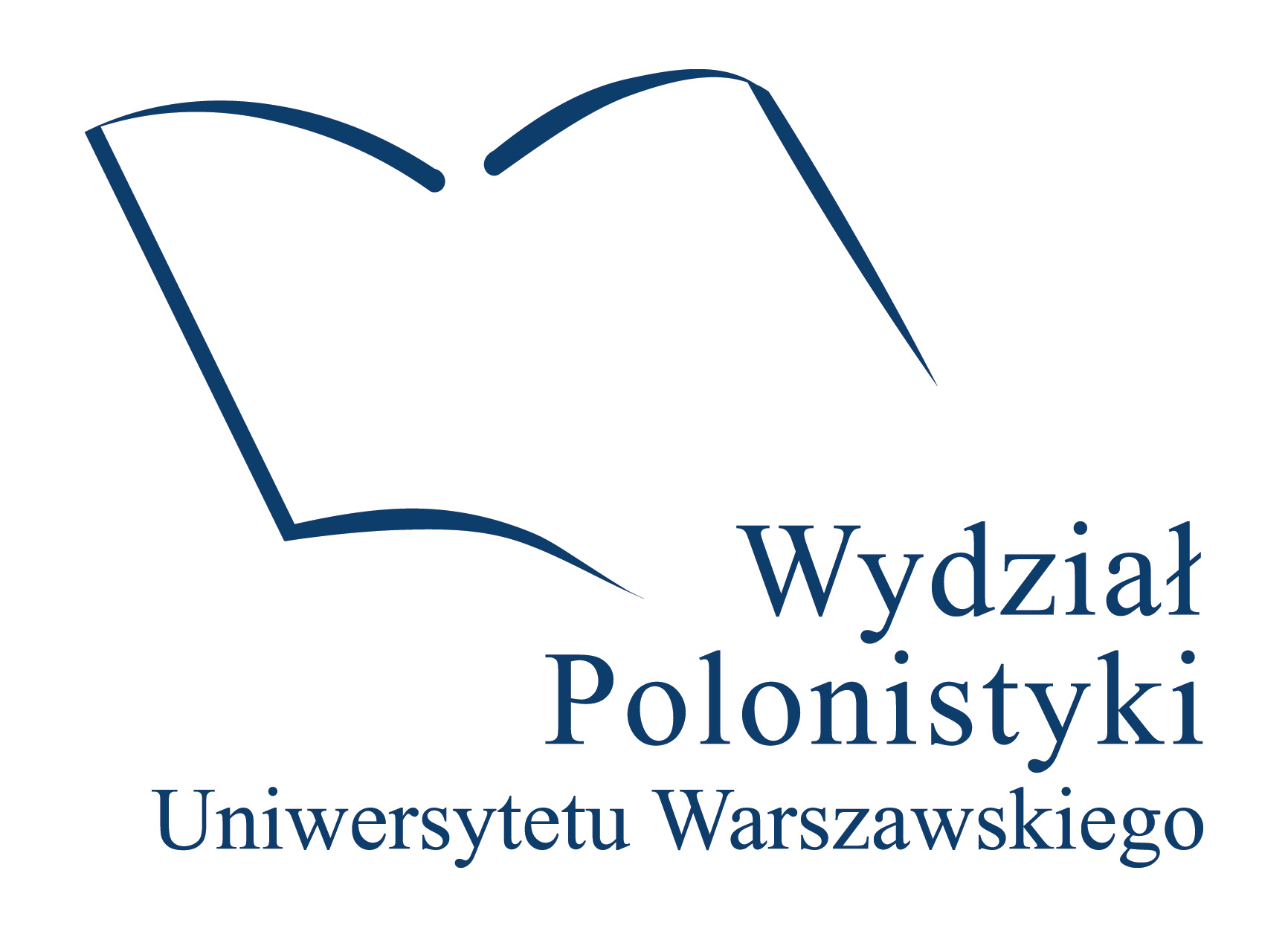14. Researching Books: The Polish Deaf and Their Language
 Polish Sign Language (known under the Polish acronym as PJM) is a natural visual-spatial language used as a first or first- choice language by the linguistic and cultural minority of the Deaf in Poland. The language has its own grammar, distinct from Polish, and is based on the use of space, movement, and facial expressions. Therefore, sign language cannot be recorded in book form, although individual signs and their sequences can be transcribed using specialized notation. An example of such a notation system, HamNoSys, is displayed on the accompanying table among the words for “book” in various languages and alphabets.
Polish Sign Language (known under the Polish acronym as PJM) is a natural visual-spatial language used as a first or first- choice language by the linguistic and cultural minority of the Deaf in Poland. The language has its own grammar, distinct from Polish, and is based on the use of space, movement, and facial expressions. Therefore, sign language cannot be recorded in book form, although individual signs and their sequences can be transcribed using specialized notation. An example of such a notation system, HamNoSys, is displayed on the accompanying table among the words for “book” in various languages and alphabets.
Modern technology enables video-recording of sign language texts of any length. However, in order to analyse these texts, it is necessary to segment them into individual signs and to annotate them so that all occurrences of a given sign are grouped together. Such possibilities are offered by sign language corpora. A team of PJM researchers has created one of the largest annotated sign language corpora in the world, containing several hundred hours of recordings of longer natural utterances in PJM. In addition to video recordings, the corpus includes Polish equivalents of signs, syntactic descriptions and translations into Polish. This corpus enables modern linguistic research based on a large body of language data. The recordings also serve as a valuable resource for studying the Polish Deaf culture and an archive of Polish Sign Language, particularly as used by the elder Deaf generation.
A PJM dictionary has also been developed based on the PJM corpus, hence its name: Korpusowy słownik polskiego języka migowego (The Corpus-Based Dictionary of Polish Sign Language). It contains individual signs and examples of actual usage presented in video clips rather than static images or written descriptions of a sign, which was a common practice as recently as two decades ago. The glosses provide descriptive definitions rather than solely Polish equivalents. The dictionary documents Polish Sign Language, supports next generations of Deaf people learning PJM as their first language while serving hearing individuals learning PJM at the same time. It also demonstrates that PJM is a fully-fledged natural language, which strengthens Deaf people’s valorization of their language and helps prevent its depreciation by the hearing majority.
(In the photo: excerpt from the dictionary of Polish Sign Language)
